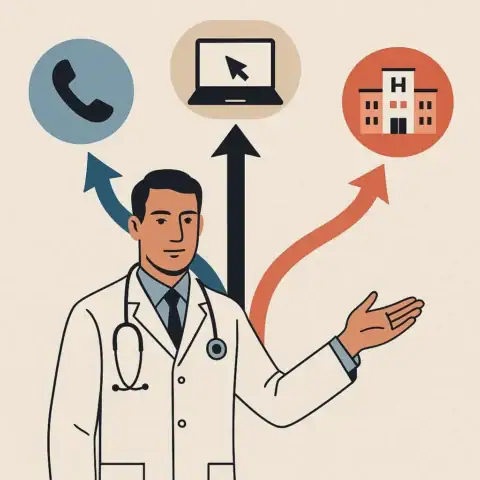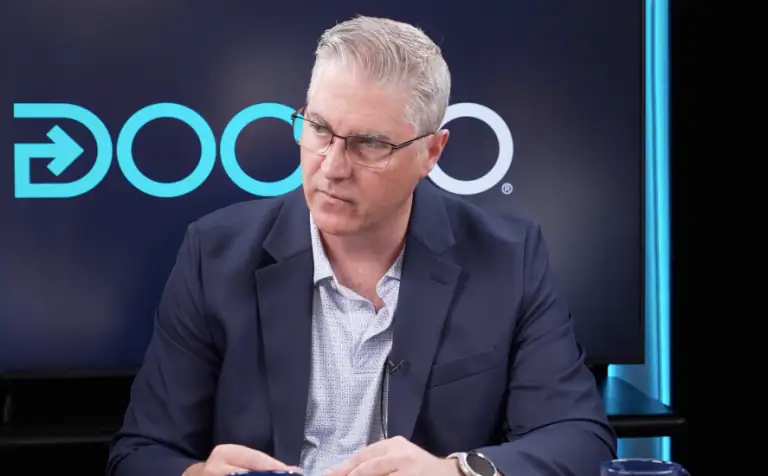Summer Safety: Separating Fact from Fiction
Proactive care is an approach that focuses on preventing health problems before they occur or become severe, rather than just treating them when they arise. This summer we’re focusing on summertime safety and we’re separating fact from fiction when it comes to the highest diagnosed cancer in the US – skin cancer.
True or False: Melanoma is the only deadly form of skin cancer
False. While melanoma is indeed the most dangerous form of skin cancer, other types, such as basal cell carcinoma (BCC) and squamous cell carcinoma (SCC), can also be fatal if not treated promptly. Early detection and treatment are crucial for all types of skin cancer to prevent severe outcomes. (American Cancer Society. (2023). Types of Skin Cancer.)
Did you know?
- More skin cancers are diagnosed each year than all other cancers combined.
- Over 5 million basal cell and squamous cell carcinomas are diagnosed each year.
- 1 in 5 Americans will develop skin cancer by age 70.
- More than 2 people every hour die of skin cancer in the United States.
- Having 5 or more sunburns doubles your risk of melanoma.
- When detected early, the five-year survival rate for melanoma is 99 percent.
True or False: Only people with fair skin are at risk of skin cancer
False. Skin cancer can affect people of all skin tones. Although fair-skinned individuals have a higher risk, people with darker skin can still develop skin cancer. It is often diagnosed at a later stage in people with darker skin, which can lead to a higher mortality rate. (Centers for Disease Control and Prevention (CDC). (2023). Skin Cancer.)
Did you know?
There are a range of risk factors that can affect one’s chance of developing skin cancer:
- Age: The risk increases as you get older.
- Gender: Men are at a higher risk than women.
- Recurrent skin injuries: Burns, eczema, and other skin injuries can increase the risk.
- Weakened immune system: Conditions that compromise your immune system can elevate your risk.
- Previous radiation treatment: Radiation therapy can increase your risk of skin cancer.
- Family history: A family history of skin cancer increases your risk.
True or False: You only need to worry about dark moles with irregular borders
False. While dark moles with irregular borders are a common sign of melanoma, other types of skin cancer can present in various forms. Basal cell carcinoma (BCC) and squamous cell carcinoma (SCC) can appear as non-healing sores, red patches, shiny bumps, or scaly lesions. It’s important to be vigilant about any new, changing, or unusual skin growths, regardless of their color or shape, and consult a healthcare professional if you notice any suspicious changes in your skin. (Mayo Clinic. (2023). Skin Cancer Symptoms.)
Remember!
- Contact your dermatologist or PCP for regular skin examinations, especially if you have a history of skin cancer or notice any skin changes.
True or False: Using sunscreen can cause cancer
False. Contrary to claims made by wellness trendsetters and some influencers on social media, there is no scientific evidence to support the claim that sunscreen causes cancer. In fact, using sunscreen is one of the most effective ways to protect your skin from the harmful effects of ultraviolet (UV) radiation, which is a major risk factor for developing skin cancer. (U.S. Food and Drug Administration (FDA). (2023). Sunscreen: How to Help Protect Your Skin from the Sun.)
Did you know?
- Sunscreens are rigorously tested for safety and efficacy.
- It is essential to use a broad-spectrum sunscreen with an SPF of at least 30 and to apply it properly to reduce the risk of skin cancer.
So, in the spirit of proactive care, what can we do to prevent skin cancer?
Well, let’s start with an obvious point:
- Avoid tanning beds! Tanning beds significantly increase your risk of skin cancer and are in the same cancer-causing category as cigarettes and plutonium…
And then remember “the Five S’s of Sun Safety”:
- SLIP on a shirt: Wear protective clothing to shield your skin from UV rays.
- SLOP on sunscreen: Use sunscreen with at least SPF 30, even on cloudy days.
- SLAP on a hat: A wide-brimmed hat can protect your face, ears, and neck.
- SLIDE on quality sunglasses: Protect your eyes and the sensitive skin around them with UV-blocking sunglasses.
- SHADE from the sun whenever possible.
… And we’ll add one more S for good measure!
- See something, say something: If you notice any suspicious skin changes, consult a healthcare professional immediately. Early detection is key to effective treatment!








